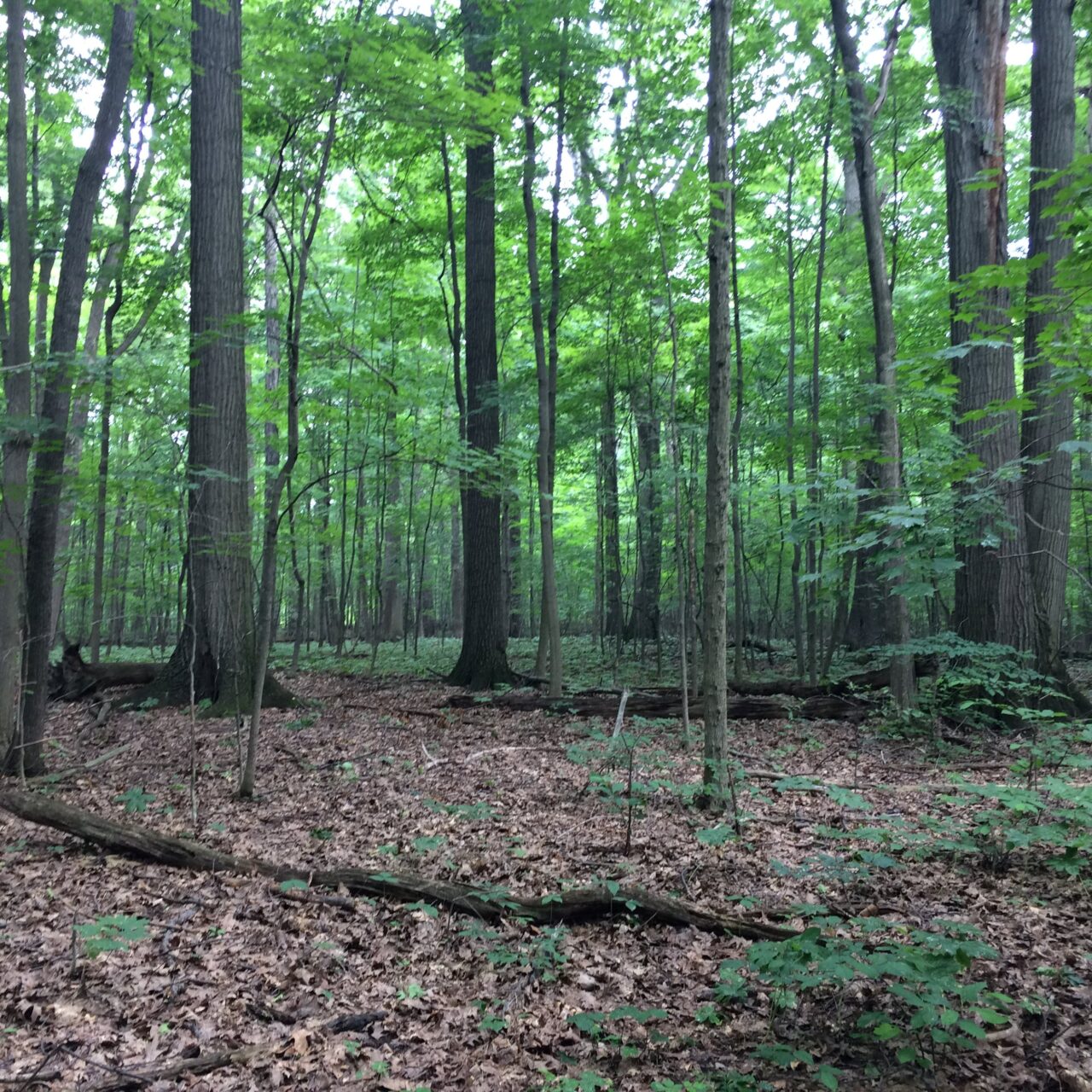
Understanding ACR’s Comparable Properties Analysis Tool
In July 2024 ACR updated their Improved Forest Management methodology to include the Tool for Comparable Properties Analysis. This tool leverages GIS, cadastral data, and remotely sensed imagery to estimate baseline harvest intensities for potential IFM project areas using observed harvest patterns of similar properties within the region. The first step in the comparable properties analysis is to identify eligible properties by filtering out those least similar to the project area. Eligible comparable properties must be located within a 150-mile buffer of the project area, fall within the same ecological region, share the same timber ownership class, and have a similar acreage. This filtering process turns a list of a few million properties within the 150 mile radius to less than 1000 properties.
After determining the list of eligible comparable properties, the next step in the process is to calculate the harvest occurrence in each property. The methodology can use the Global Land & Discovery (GLAD) forest loss dataset and the Landscape Change Monitoring System (LCMS) forest loss dataset to determine forest loss within each property. The methodology also removes natural disturbance due to fires and hurricanes using the GLAD forest loss due to fire data and the International Best Track Archive for Climate Stewardship hurricane path data. Next, forest cover is stratified using the National Land Cover Database (NLCD). The forest cover acreage and harvested acreage are then used to determine the harvest intensity rates for each property, providing a very conservative estimate of harvest occurrence. By relying on datasets that adopt conservative thresholds for detecting forest loss, this methodology ensures that harvest occurrence is not overestimated, thereby providing a baseline that upholds the credibility and environmental integrity of the carbon credits generated.
The next step in the analysis is the comparable property matching and selection. This step identifies the 8 most similar properties to the project area. Comparable properties are ranked by their similarity to the project area based on factors such as forestland acreage, proximity, slope, elevation, aboveground biomass, and the percentage of forestland by forest type and merchantability category. Finally, after the 8 most similar properties are identified, the chosen property is tested using Dixon’s Q outlier test. If the property is accepted it is then used to determine the baseline harvest intensity. While this methodology provides a robust and standardized approach to estimating baseline harvest intensities, its effectiveness is substantially reduced in regions where thinning or all-aged silviculture is the dominant harvest method, as the 30-meter resolution of the forest loss datasets are suited to detecting clearcutting and seems to underestimate forest loss from more selective harvest practices.
After analyzing dozens of properties using the comparable properties tool in version 2.1 of ACR’s Improved Forest Management methodology, The Climate Trust has found baseline development to be more transparent, accurate and erring on the side of conservativism as compared to previous versions. The methodology also requires re-analysis using the comparable properties approach throughout the crediting period, making the baseline dynamic through time.